
|
Lorna Mills and Sally McKay
Digital Media Tree this blog's archive OVVLvverk Lorna Mills: Artworks / Persona Volare / contact Sally McKay: GIFS / cv and contact |
View current page
...more recent posts
Sandra Rechico and Gwen MacGregor - MAPS IN DOUBT, a collaborative installation at Mercer Union
1286 Bloor Street W. Toronto ON
Friday Oct. 24 at 7 PM: The artists in conversation with curator Dan Adler. Reception follows at 8 PM.
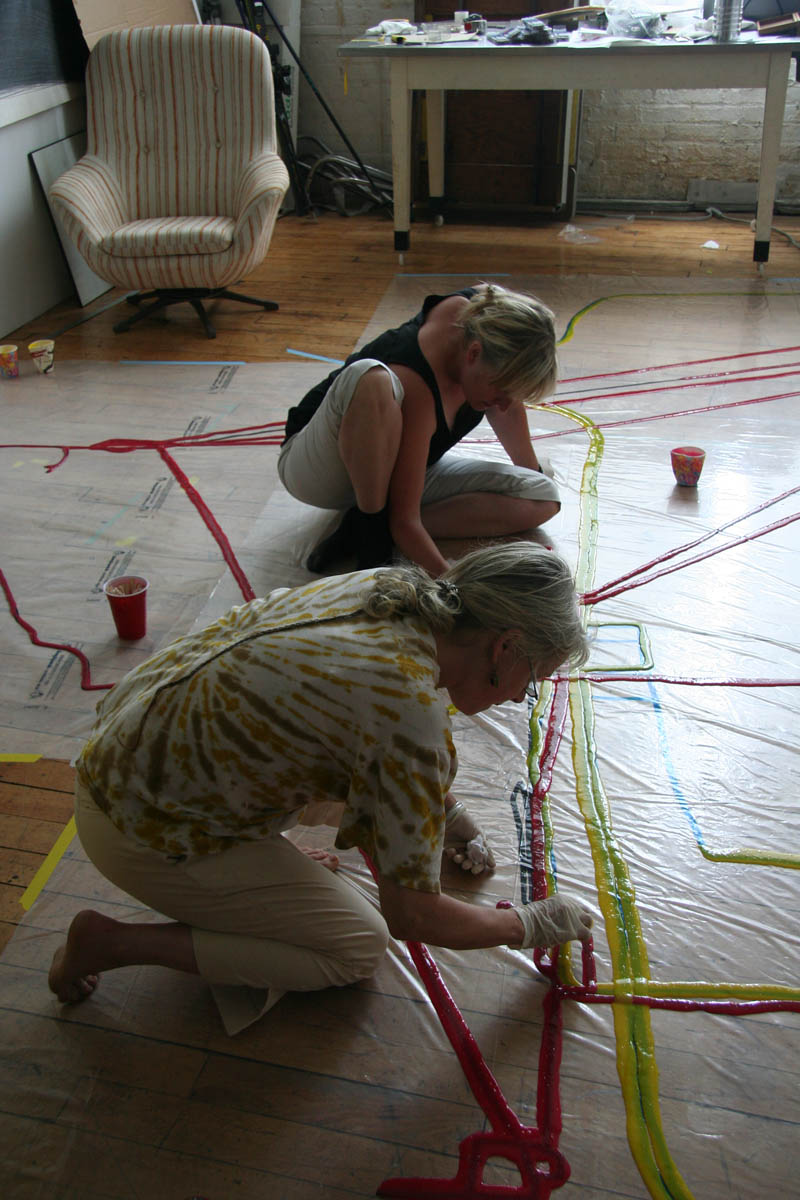
What do you like better, the ventral (purple, what, temporal) or the dorsal (green, where, parietal) stream? What do you like better, the parvo (ventral, colour, shape, associations) or magno (dorsal, edges, discontinuities, spatial relations) pathway? Hint: they've probably got more in common than people originally thought. Confession: I'll never learn these terms, but at least now that I've made this post I can come back here and look at them.
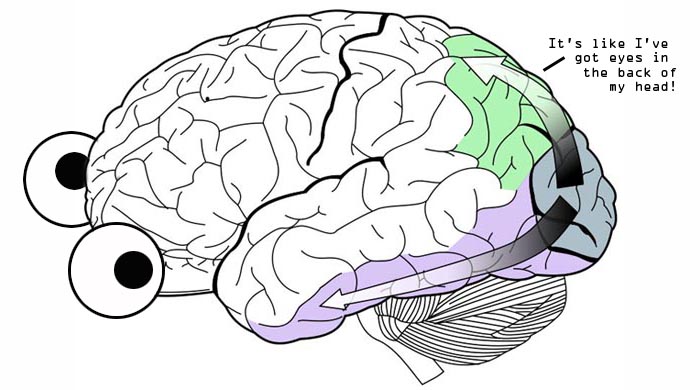
Thanks to wikipedia for the very helpful diagram.
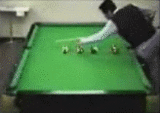
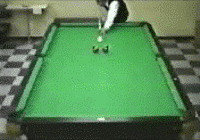








A ONE NIGHT ONLY LIVE PERFORMANCE OF WINNIPEG BABYSITTER by Daniel Barrow
Monday, Oct. 20, 2008 at 8:00pm at Joseph Workman Theatre, 1001 Queen Street West, Toronto
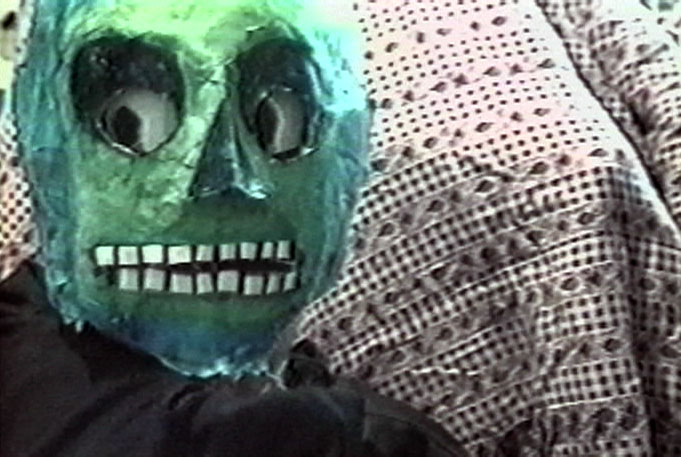
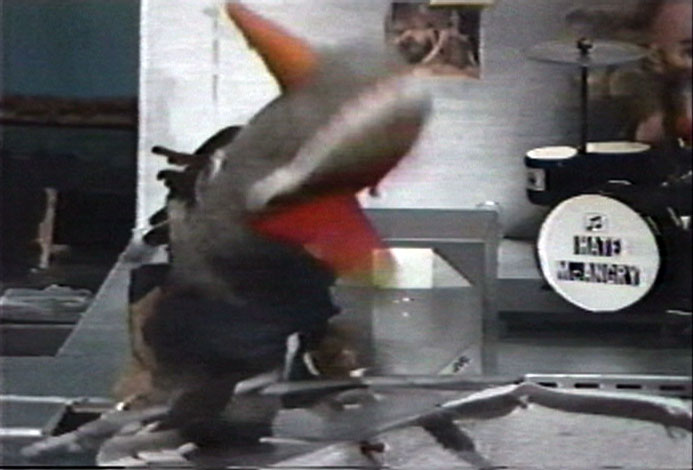
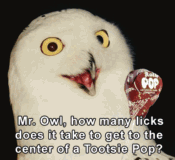
OVVLvverk is one year old! (thanks to LM for the O RLY gif)
A couple of years ago, Tom Moody linked to this molecular biology video, "The Inner Life of the Cell." There was a tiny little bit of discussion on Moody's blog about the questionable merits of science porn (I love it, myself).
Right now I am reading a great essay by Natasha Myers called "Animating Mechanism: Animations and the Propagation of Affect in the Lively Arts of Protein Modelling" (available for download here). Myers is an anthropologist with a background in dance and choreography who studies molecular biology. In her work, she applies her experience from dance to advocate for more embodied modes of visualisation in biology. One problem being that living organisms are killed and then studied as static images as if they were alive, exemplifying a level of violence and detachment from nature that is rarely critiqued or questioned within the discipline. Another problem being that scientists as subjective observers are often not implicated as part of the process of generating meaning from scientific images.
But, says Myers, all molecular modeling is an "act of interpretation" that involves analogies between the "scale of human experience and that of molecular life" (p.15). She addresses this video specifically, and here are some of the things she says:
...this 3d fly-through set to ambient, orchestral music does more than just pull mechanical objects into time: these animations also provide glimpses into the scientists' and animators' molecular imaginations. (p.16)
I see these animations as pulling their users' and viewers' bodies into new understandings by entraining them to molecular temporalities and other ways of moving. In this sense, animations may be thought of as narratives that lure their users into new modes of embodiement through their play with time (see Stengers, 1999, on "lures"). I propose that it is through moving images and bodies that protein modellers are able to propagate their tacit knowledge of molecular structures and mechanisms. Entangled with this tacit knowledge is a range of affects that turn out to be central to how researchers learn and communicate molecular knowledge. (p.17)